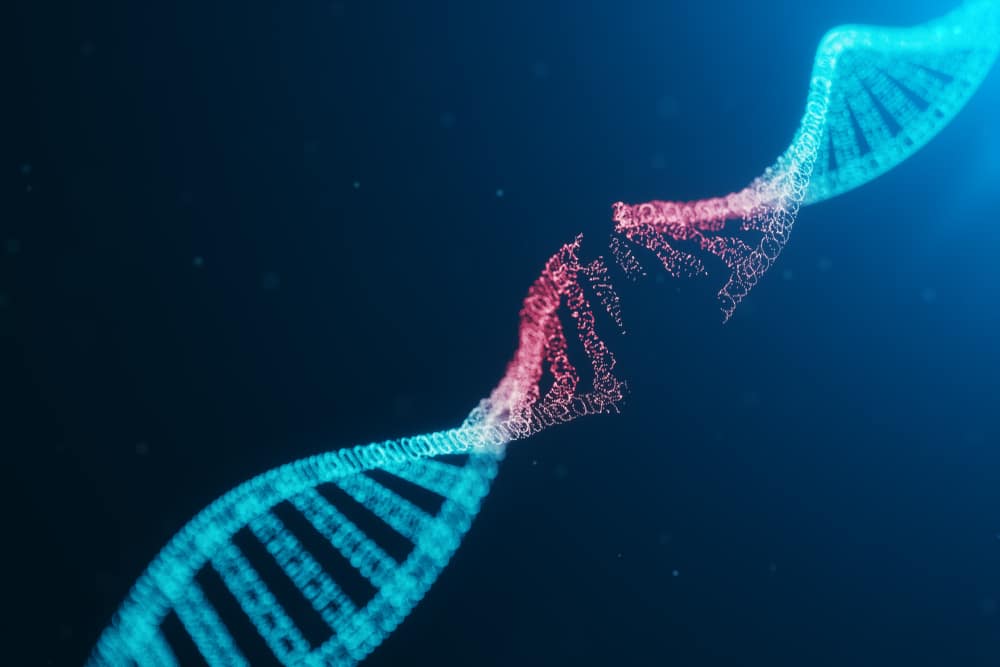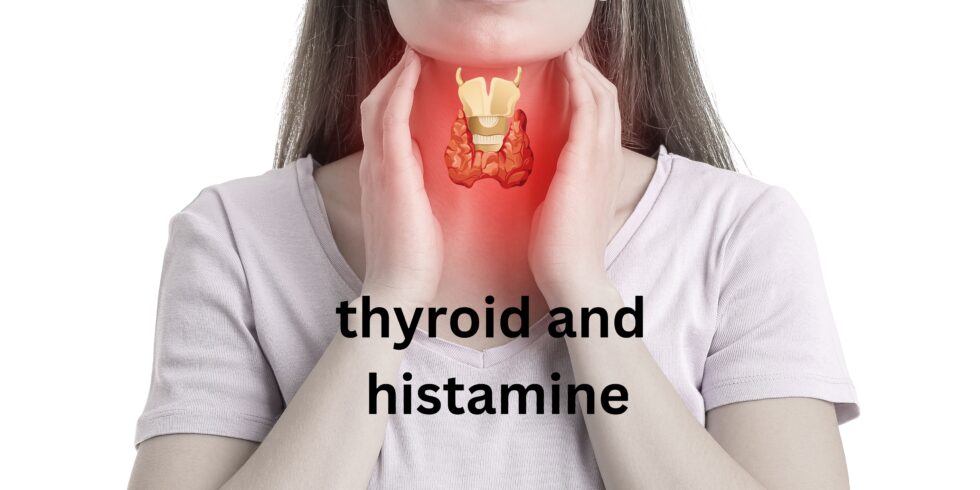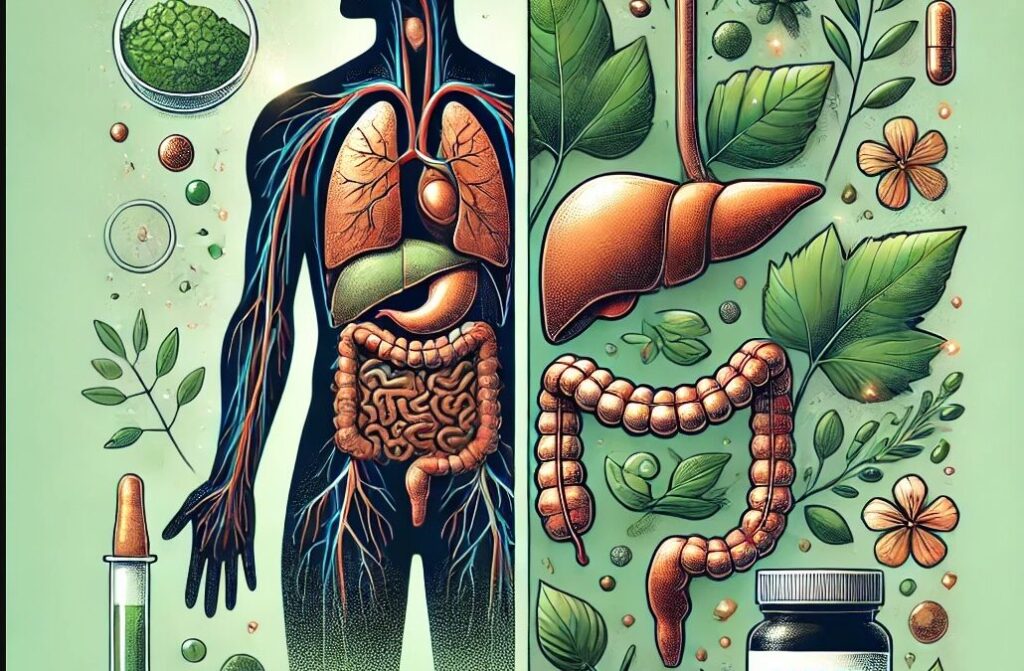The rapidly expanding discoveries in the fields of nutrigenomics and nutrigenetics are transforming the field of nutrition and health education. As a health educator, I plan to use this information to empower and enlighten clients to make informed decisions on their lifestyle choices. It also will help me become a proficient “translator” in the language most people are unfamiliar with. Genetics can be confusing and for many people, unknown territory. As a result, I see my role as a “genetics literate” health educator that can regurgitate the complex terminology into something the average person can understand. I believe it is a skill that every clinician should adopt.
What is the impact of genomics on the practice of nutrition?
By using genetics and molecular biology to predict individual risks, based on genotype, nutrigenomics may have the potential to prevent and treat diet-related chronic disease and conditions. The push for personalized nutrition began in 2003 after the Human Genome Project published the first sequence of the human genome, as it began to uncover that the “one-size-fits-all” nutritional strategies are not as effective as we once thought (Dennett, 2017). Since then, gene-diet interactions that affect various metabolic pathways related to disease risk and health are continuously being uncovered, shaping personalized nutrition, which targets dietary recommendations to an individual’s genetic profile (Nielsen & El-Sohemy, 2012). To date, both nutrigenetics (influence of gene variants and the interaction with the environment) and nutrigenomics (the influence of the environment to our gene expression) both have opportunities as well as challenges. A greater understanding on how gene-nutrient interactions influence key metabolic pathways that influence gene expression and changes in the metabolome can aid in treatment and prevention of disease (Kohlmeier et al., 2016). Genetic data can be integrated with phenotypical, social, cultural and personal preferences to provide a more individual nutritional approach (Kohlmeier et al., 2016).
If we have a greater understanding of potential gene-nutrient interactions, then it may be possible to manipulate diet in such a way to minimize the metabolic risk certain diseases, such as obesity(Phillips, 2013). It may be possible to diagnose disease risk early and target interventions such as lifestyle modifications or changes in nutritional behavior or exercise therapy to reduce the risk of disease development (Phillips, 2013). Knowledge gained from current research in the field could lead to the development of personalized nutritional guidelines for individuals and specific subpopulations, (Nielsen & El-Sohemy, 2012), while also providing the ability to categorize individuals into subgroups (Kohlmeier et al., 2016). And finally since nutrients can regulate gene expression patterns, by influencing gene transcription and translation, the information obtained can provide important insights about the influence of specific food components on important biological processes in risk of certain diseases (Fenech et al., 2011).
As promising as this may sound, there are some challenges. Genomics can make it difficult to make simple, general recommendations (Kohlmeier et al., 2016). As a result, as our understand of genomics expands, nutrition therapy may be perceived as more complex, and that could be a deterrent for individuals who want to make simple lifestyle changes. For example, a subset of the participants who had lower educational status and were members of ethnic minority groups reported a more deterministic interpretation of the results and were more confused by the information (Nielsen & El-Sohemy, 2012). Another issue is that the genetic testing industry is largely unregulated and there are some concerns over the consumer’s ability to accurately interpret the meaning of the test results, given that no healthcare professional involvement is required (Nielsen & El-Sohemy, 2012.
Some questions that still are unanswered include (Fenech et al., 2011):
- Will public health really be improved with individualized tailored recommendations?
- How costly will personalized nutrition be? Will this approach only be available for those with money and education?
- Will people be motivated to adhere to a tailored diet?
- How will this affect those who really need a simplistic view on the role of food on our health? Will this new information dilute general healthy eating messages?
And finally, there are also some legal and social issues that need to be addressed (Kohlmeier et al., 2016).
I believe there is still quite some room for growth in the genomics world to address some of the challenges that arise. However, the opportunities are evident and continuously expanding, and only time will tell what the future holds.
References
Dennett, C. (2017). The Future of Nutrigenomics. Retrieved (2019, May 5) from https://www.todaysdietitian.com/newarchives/1017p30.shtml (Links to an external site.)Links to an external site.
Fenech, M., El-Sohemy, A., Cahill, L., Ferguson, L. R., French, T. A., Tai, E. S., . . . Head, R. (2011). Nutrigenetics and nutrigenomics: viewpoints on the current status and applications in nutrition research and practice. J Nutrigenet Nutrigenomics, 4(2), 69-89. doi:10.1159/000327772
Kohlmeier, M., De Caterina, R., Ferguson, L. R., Gorman, U., Allayee, H., Prasad, C., . . . Martinez, J. A. (2016). Guide and Position of the International Society of Nutrigenetics/Nutrigenomics on Personalized Nutrition: Part 2 – Ethics, Challenges and Endeavors of Precision Nutrition. J Nutrigenet Nutrigenomics, 9(1), 28-46. doi:10.1159/000446347
Nielsen, D. E., & El-Sohemy, A. (2012). Applying genomics to nutrition and lifestyle modification. Per Med, 9(7), 739-749. doi:10.2217/pme.12.79
Phillips, C. M. (2013). Nutrigenetics and metabolic disease: current status and implications for personalised nutrition. Nutrients, 5(1), 32-57. doi:10.3390/nu5010032




